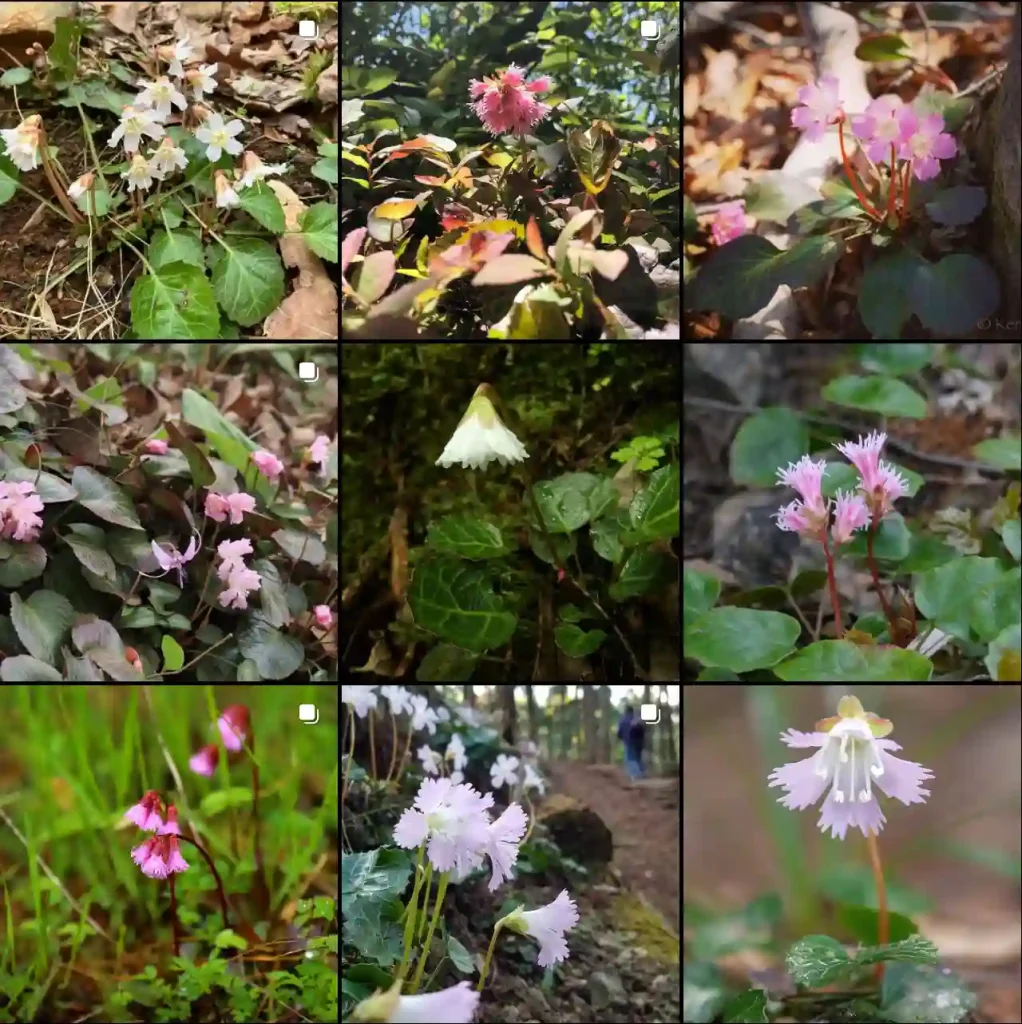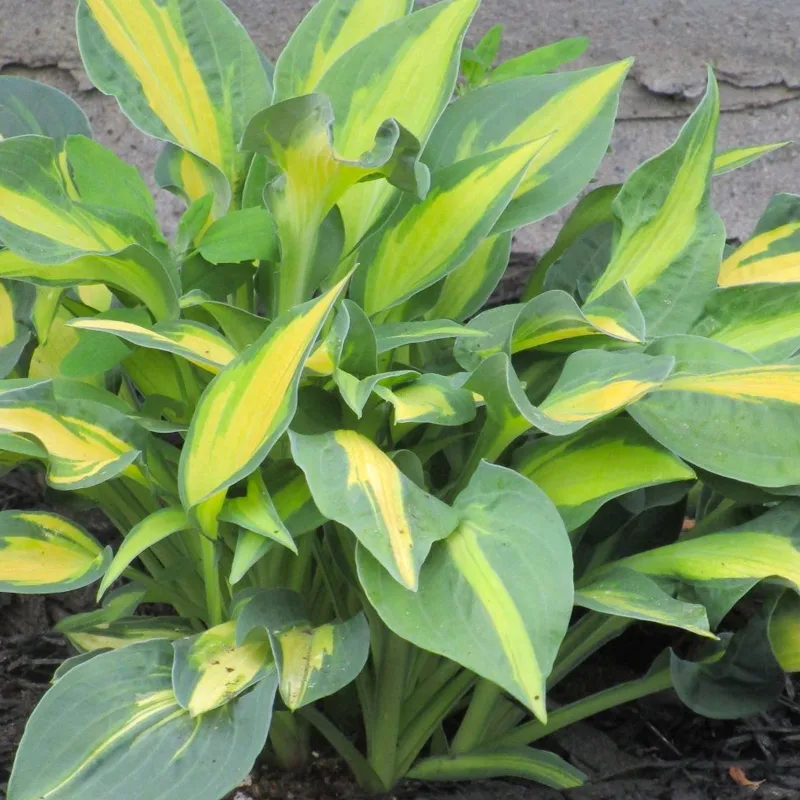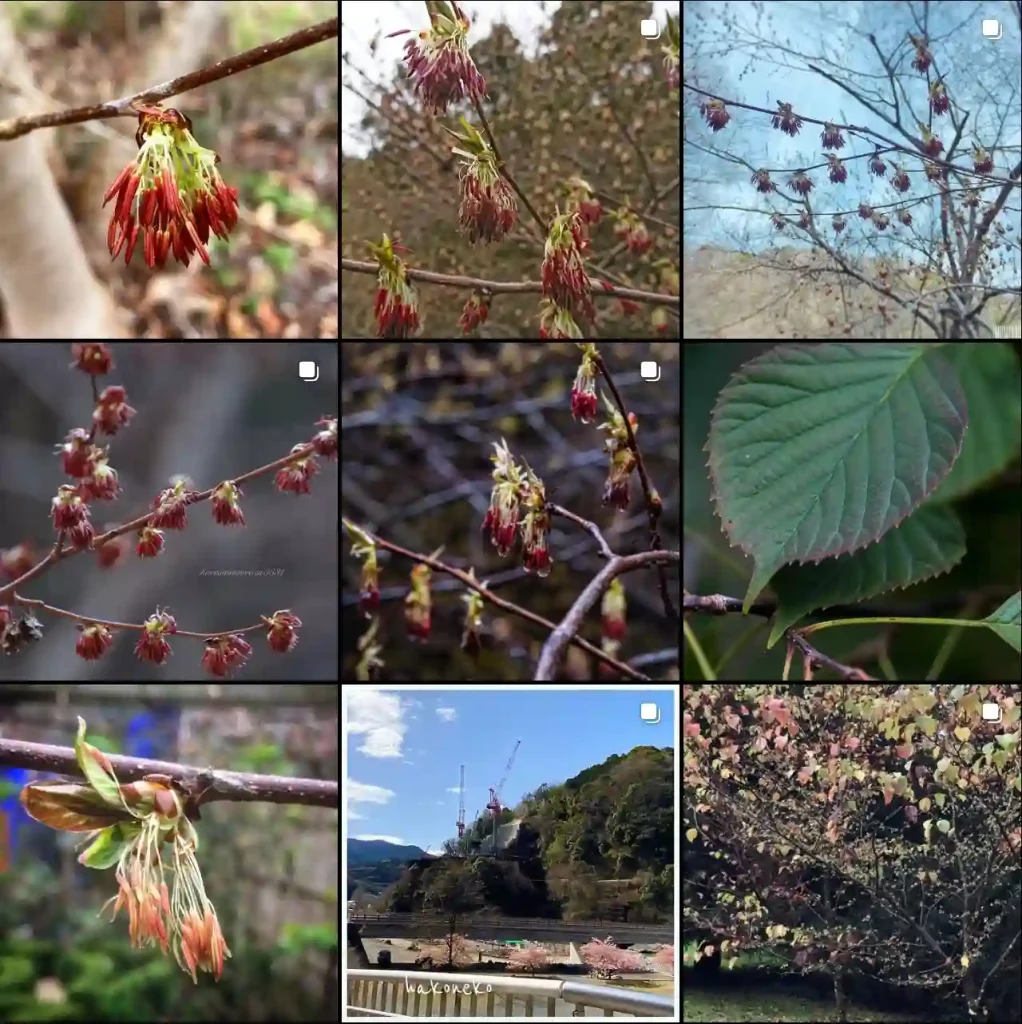
April 20 – Cannabis
"Cannabis, the hemp plant, defines April 20."
Cannabis symbolizes creativity, transformation, and relaxation. You possess the unique ability to shift perspectives and bring new, innovative ideas into the world. Like its calming and healing properties, you have a nurturing presence that helps others feel at ease. Your free-spirited nature and open-mindedness make you someone who fosters change and personal growth. Whether it’s through deep thought or light-hearted fun, your energy brings balance and peace to those
Cannabis: A Plant of Many Faces
Cannabis. The very word conjures up a myriad of images: a swirling cloud of smoke, a giggling group of friends, a field of towering plants swaying in the breeze. But beyond the stereotypes and the often heated debates, lies a fascinating genus of plants with a rich history and a complex relationship with humanity. As someone intrigued by both the science and the cultural impact of cannabis, I’ve spent countless hours delving into its botanical intricacies and its diverse applications.
A Closer Look at the Genus
The Cannabis genus, belonging to the Cannabaceae family, is a bit of a botanical puzzle. Scientists still debate the exact number of species it contains. Some argue for a single species, Cannabis sativa, with variations accounting for the different forms we see. Others recognize three distinct species:
- Cannabis sativa: Typically tall and slender with narrow leaves, often associated with uplifting and energetic effects.
- Cannabis indica: Shorter and bushier with broader leaves, known for its relaxing and sedative properties.
- Cannabis ruderalis: A low-growing, hardy plant that contains lower levels of THC and is valued for its auto-flowering characteristic, meaning it flowers based on age rather than light cycle.
This lack of definitive classification speaks to the plant’s adaptability and its long history of cultivation and crossbreeding by humans. Whether you consider them distinct species or subspecies, the variations within Cannabis lead to a wide range of physical characteristics and chemical compositions.
More Than Just THC
While tetrahydrocannabinol (THC) is undoubtedly the most well-known compound in cannabis, responsible for its psychoactive effects, it’s far from the only one. Hundreds of other compounds, including cannabinoids, terpenes, and flavonoids, contribute to the plant’s overall effects and therapeutic potential. Cannabidiol (CBD), for example, has gained significant attention for its potential to treat anxiety, epilepsy, and chronic pain, without the intoxicating effects of THC.
The interplay of these various compounds, known as the “entourage effect,” is a complex area of ongoing research. It suggests that the therapeutic benefits of cannabis may be greater when consumed as a whole plant extract, rather than isolated compounds.
A Plant of Many Uses
Cannabis has been intertwined with human civilization for millennia. Evidence suggests it was cultivated in ancient China as far back as 4000 BC, used for fiber, food, and medicine. Throughout history, different cultures have harnessed its versatility, employing it for:
- Textiles and Fiber: Hemp fiber, derived from Cannabis sativa varieties low in THC, is renowned for its strength and durability. It has been used to make rope, clothing, paper, and even building materials.
- Food and Nutrition: Hemp seeds are a nutritional powerhouse, packed with protein, essential fatty acids, and minerals. They can be consumed whole, ground into flour, or pressed for oil.
- Medicine: Cannabis has a long history of medicinal use, dating back to ancient civilizations. Modern research is exploring its potential to treat a wide range of conditions, including chronic pain, nausea, anxiety, and multiple sclerosis.
Navigating the Legal Landscape
Despite its long history and diverse uses, cannabis remains a controversial subject. Its legal status varies significantly across the globe, with some countries embracing its medicinal and even recreational use, while others maintain strict prohibition. The evolving legal landscape reflects changing societal attitudes and the growing body of scientific research shedding light on the plant’s potential benefits and risks.
Looking Ahead
As we continue to unravel the complexities of the Cannabis genus, it’s crucial to approach this plant with both curiosity and caution. While its potential benefits are undeniable, responsible use and further research are essential to fully understand its impact on both individuals and society. I believe that open-minded exploration and evidence-based policies are key to navigating the future of cannabis and harnessing its full potential for the betterment of humanity.
If i die, water my plants!



